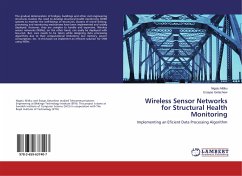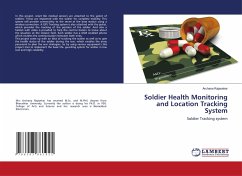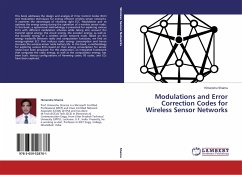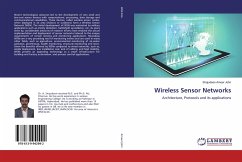The gradual deterioration of bridges, buildings and other civil engineering structures invokes the need to develop structural health monitoring (SHM) systems to monitor the well-beings of structures. Dozens of wired sensing, processing and monitoring mechanisms have been implemented and widely deployed. However, they are complex to handle and expensive. Wireless sensor networks (WSNs), on the other hand, can easily be deployed with low-cost. But, care needs to be taken while designing data processing algorithms due to their computational limitations: low memory, power consumption, etc. In this book we implement an efficient solution for SHM using WSNs.
Bitte wählen Sie Ihr Anliegen aus.
Rechnungen
Retourenschein anfordern
Bestellstatus
Storno








